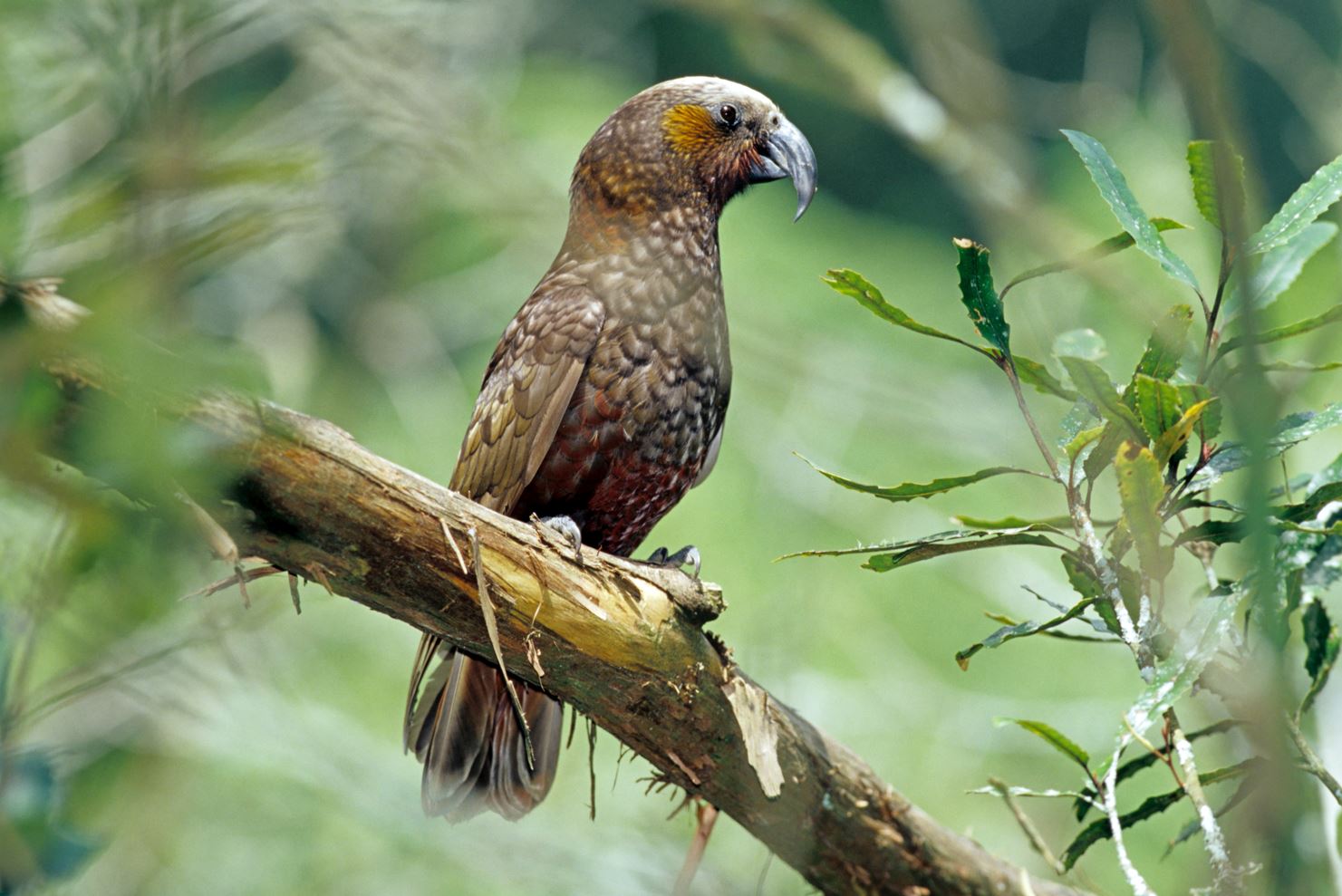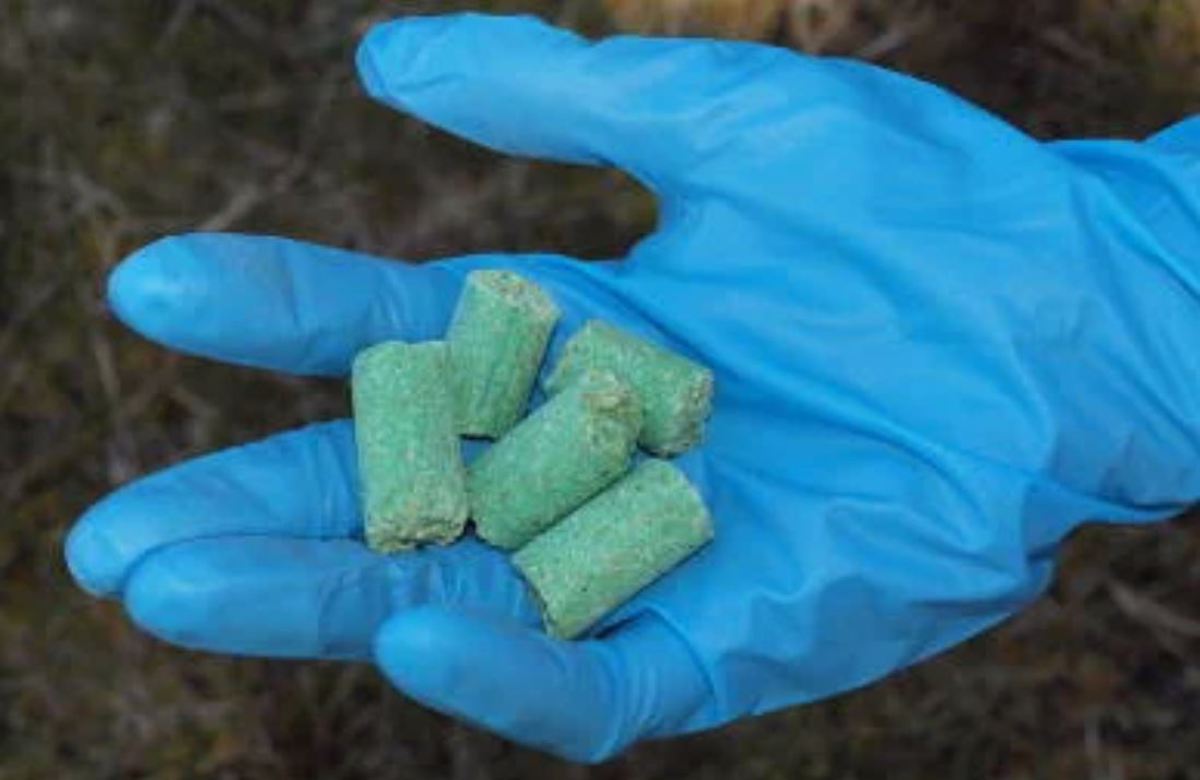The effectiveness of 1080
-
Following her 2011 investigation, Commissioner Jan Wright concluded that 1080 is both safe and effective. Before coming to this conclusion, Dr Wright applied framework of key questions to evaluate the use of 1080. Questions included:
- Can it decrease populations of possums, rats and stoats?
- Can it be used on a large scale in remote areas?
- Does it leave residues in the environment?
Possums, rats and stoats – the ‘big three’ – are all very susceptible to poisoning by 1080. Possums and rats will eat cereal or carrot baits directly, while stoats can be killed by 1080 if they eat poisoned rats and mice, which are a major part of their diet.
Kill rates for possums using 1080 generally range between 75–100% of the population, although they are now usually above 90%. Kill rates for rats using 1080 are often close to 100%. There is less information on kill rates for stoats using 1080, but studies have shown that most or all of a stoat population can be killed in a 1080 operation.
1080 is the only poison currently licensed for aerial operations against possums and rats on the mainland. These aerial drops, by helicopter, are crucial in protecting vast areas of the conservation estate consisting of steep hills and mountains that are difficult to access. The technique has recently been used to great effect in the Department of Conservation’s Battle for Our Birds initiative.
1080 is one of fifteen poisons registered and approved for use against mammal pests in new Zealand, and one of eleven used by DOC to control possums, rats and stoats. 1080 is not used in its raw chemical form, but is incorporated into a range of different baits.
Some poisons leave residues in water or soil or bioaccumulate in plants or animals. 1080 is not one of these poisons as it naturally breaks down in the environment and does not leave permanent residues in water, soil, plants or animals.









